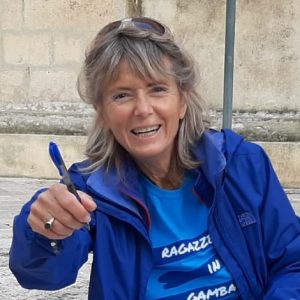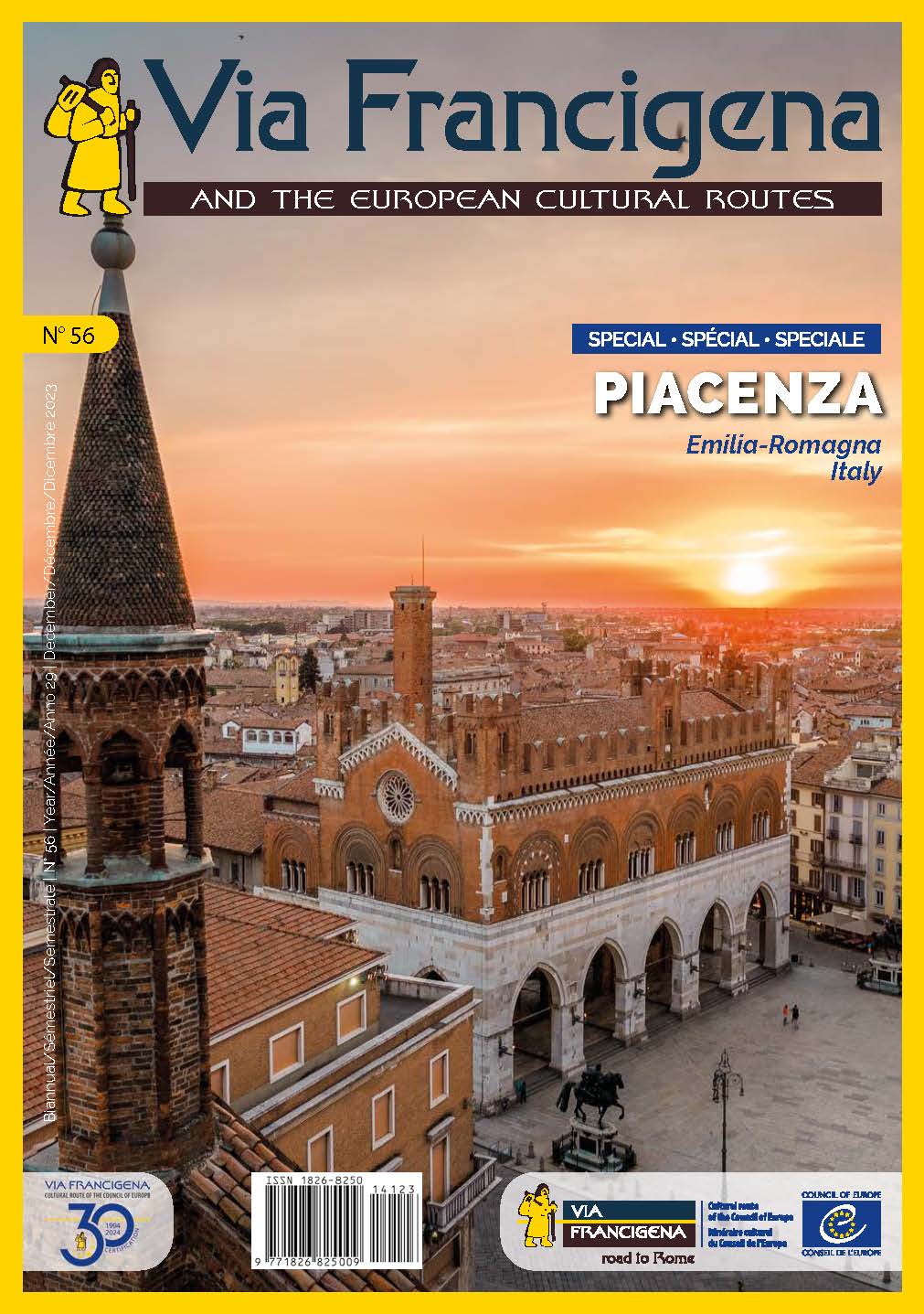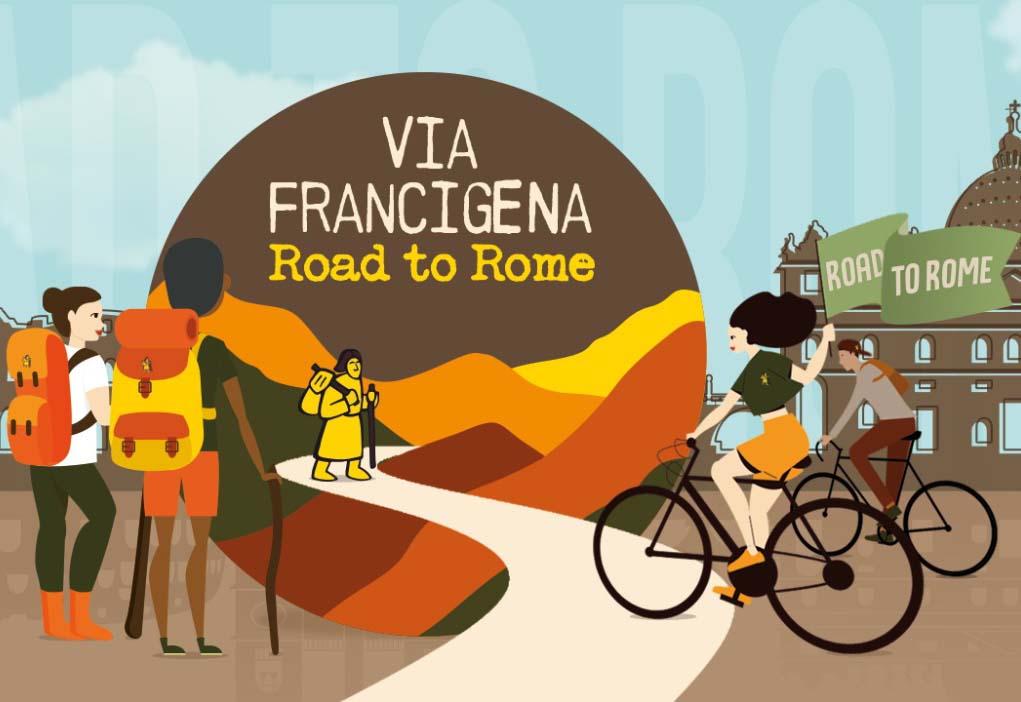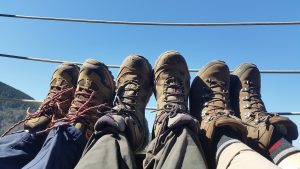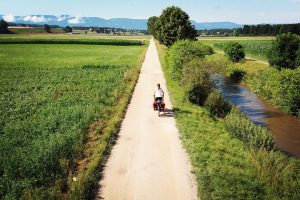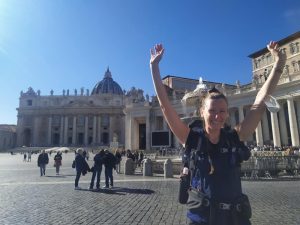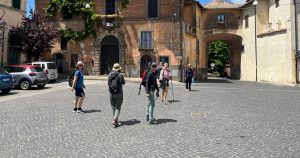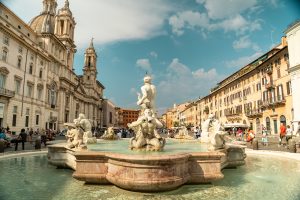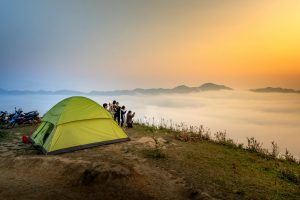There are stories of the Via Francigena that start as individual journeys and later become collective ones. However, this story was a group effort from the beginning. Once upon a time – and still today, but now grown – there was a group of volunteers passionate about their territory, the southern Lazio region. They founded an association to promote the Via Francigena in the South. Name: Gruppo dei Dodici (eng. Group of Twelve). Key principle: don’t do things alone; working together is essential for the ancient road that connects Rome to Jerusalem. If today thousands of pilgrims walk from the capital to Campania on well-marked and maintained paths, and if local residents are beginning to recognize the treasure they have nearby, it is thanks to the group’s vision and ability to bring people together.
Therefore, the story of the Via Francigena cannot be told by just one voice. Giancarlo Forte, president, and Giuseppe Pucci, vice-president, have much to say about ongoing projects, future plans, and those that seem unachievable but may become reality one day. When they began in 2006 under the name “Friends of the Via Francigena,” the concept of walking paths did not have the attention it has today. “Our first president,” recalls Giancarlo, “tried to promote the Via Francigena in the South, but no one believed in it.” Giancarlo was one of the founders. The president at the time, until a few years ago, was Alberto Alberti, “a youthful eighty-year-old full of vitality and determination.”
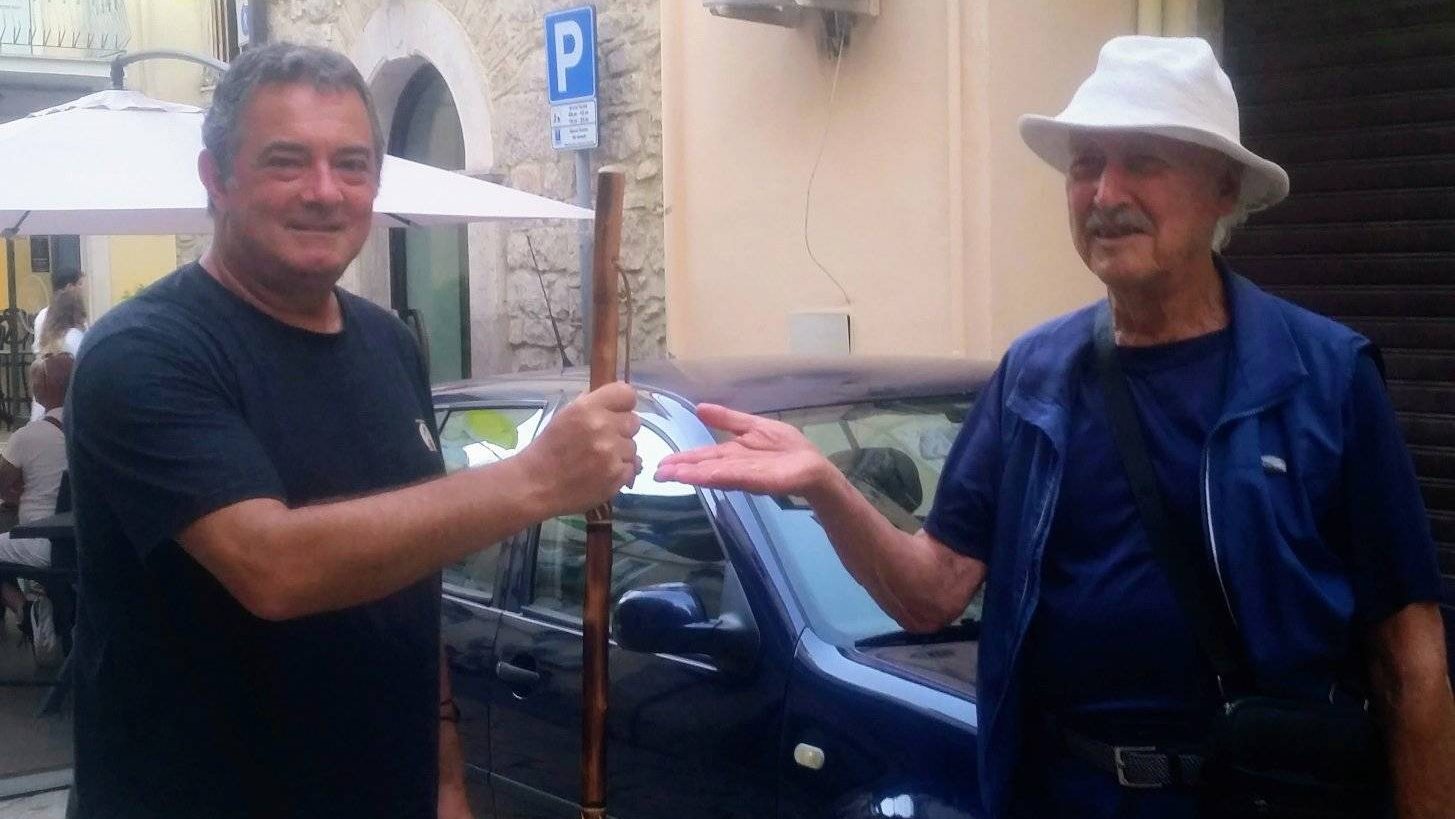
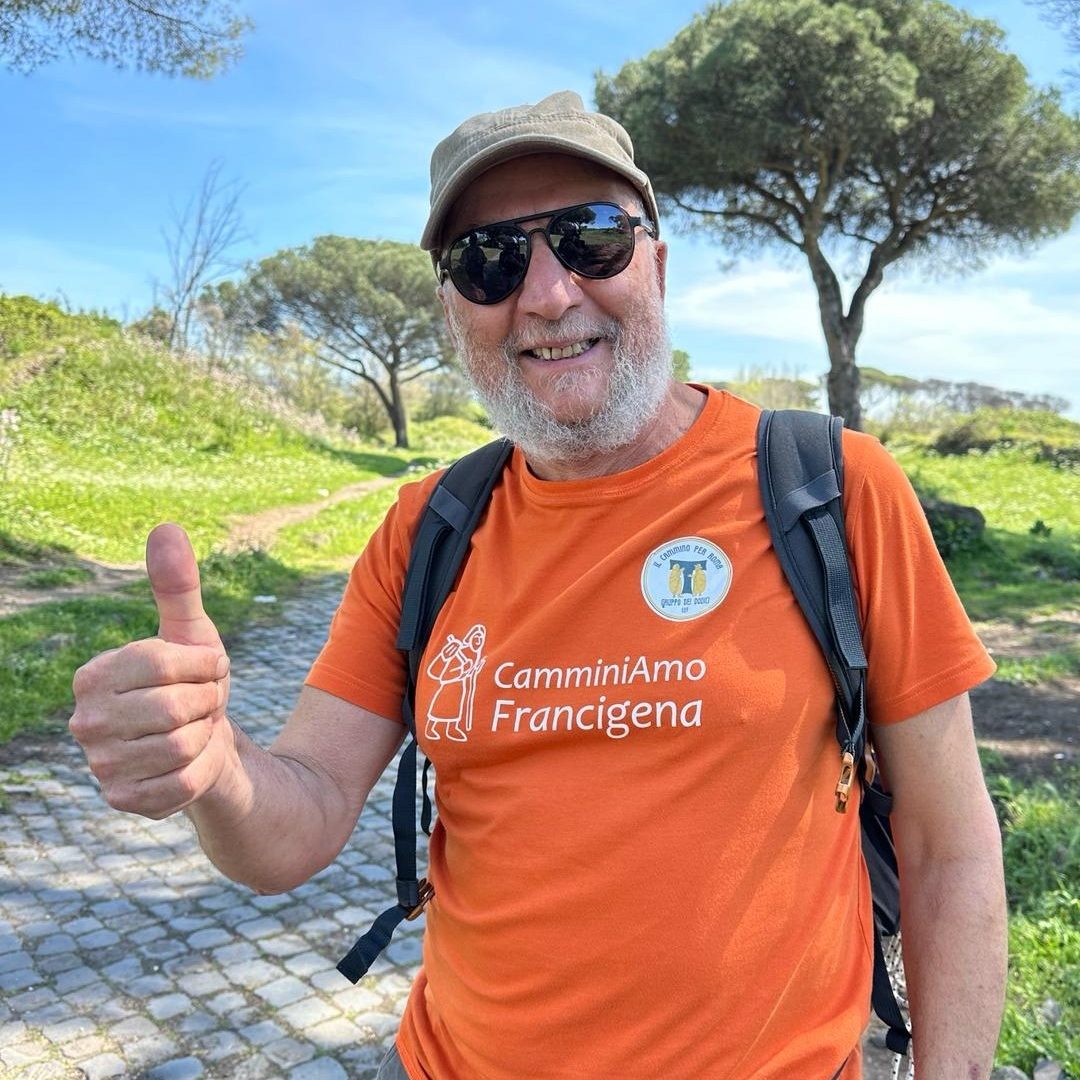
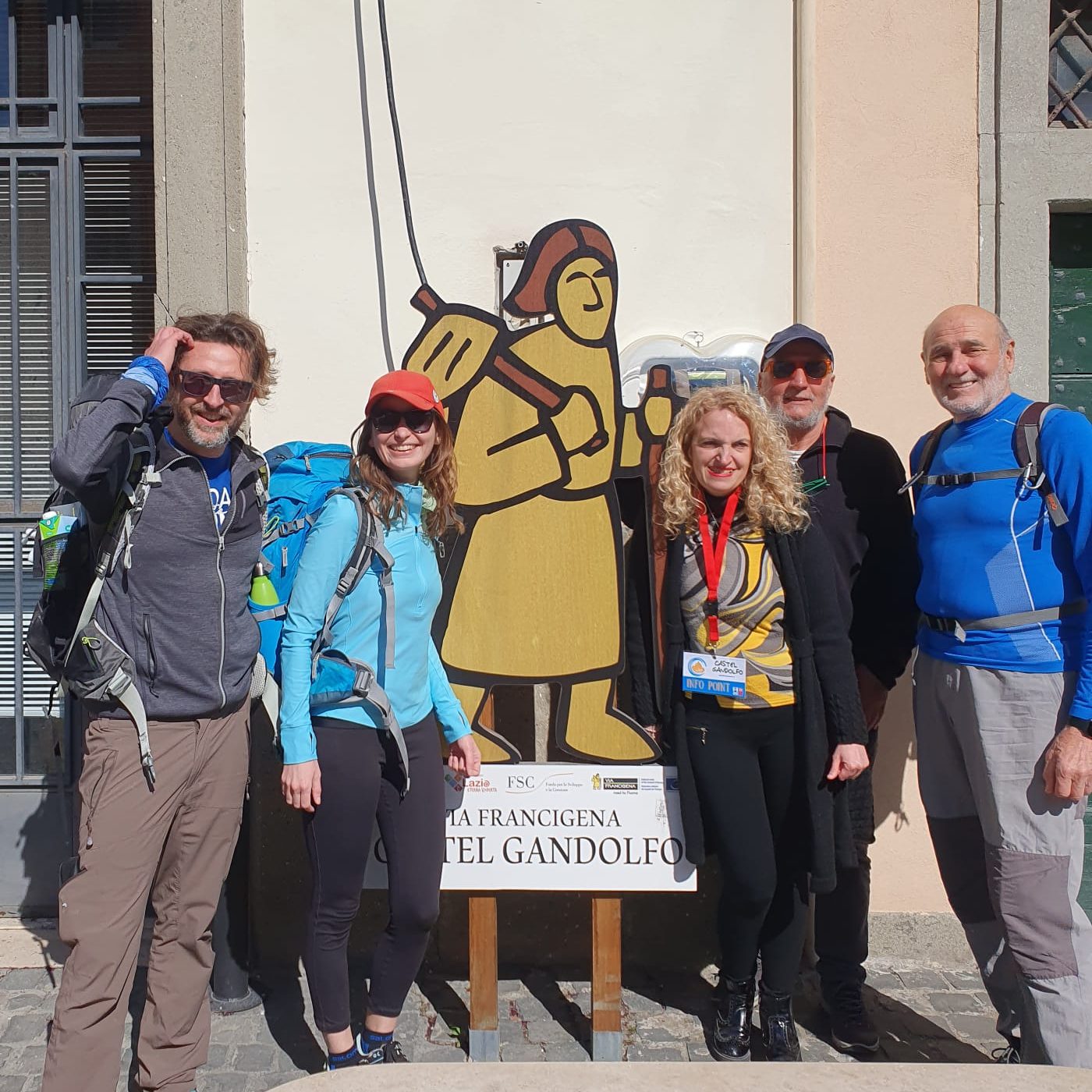
A Path Which Connects Europe
Alberti believed in the European dream of a walking route uniting people, a path that certainly does not stop in Rome. “Historically, pilgrims, upon reaching the Pope’s city, continued on to Otranto or later to Brindisi, where they embarked for Jerusalem,” Giancarlo explains. This idea sparked the promotion of the Francigena’s extension to Santa Maria di Leuca. To raise awareness among municipalities, the group embarked on a first walk from Formia to Rome. Gradually, the entire path was marked with the classic yellow signs. The volunteers divided tasks and sections of the territory, each responsible for maintaining a portion. From Rome to Castelforte, the last town in Lazio, there are twelve stages, and thus twelve local representatives. This led to the official founding of the Association in 2008 under the name Group of Twelve.
The group immediately began working on the trails, and soon the Via Francigena transformed, enriched with signs, markers, and informative panels about routes and places. They also built relationships with local governments, the region, and the European Association of the Via Francigena ways, playing a key role in increasing awareness among institutions and local residents. Today, the group has grown from 12 members to 140. Though Alberti is no longer with them, “he left a legacy that serves as an example for all.” Since 2019, the Via Francigena in the South has been officially recognized, like the stretch from Rome to Canterbury, as a cultural itinerary by the Council of Europe. The Group of Twelve continues to have a growing impact on the territory. Their work involves constantly stimulating institutions, participating in funding opportunities, sharing expertise about walking paths, and maintaining the trails and signage that scarcely existed before them. Two or three Saturdays a month, they organize free days to introduce people to the Francigena, not just by walking but by highlighting what they encounter along the way. “We encourage walkers to learn about the local cultures.”
The Big Event of 2025
The desire to feel part of a connected world while walking inspired one of the group’s major projects: the International Walk. This annual event merges tourism and spirituality in a walk open to pilgrims from all over the world, from Teano to Rome. The 2023 edition, chosen from 38 international projects, won the 2024 CT Award – Connecting Cultures, presented at the CMT Travel Fair in Stuttgart. The award recognized how the initiative centers on “people and projects that see travel not just as an experience, but as a way to build bridges between different cultures and promote mutual tolerance.“
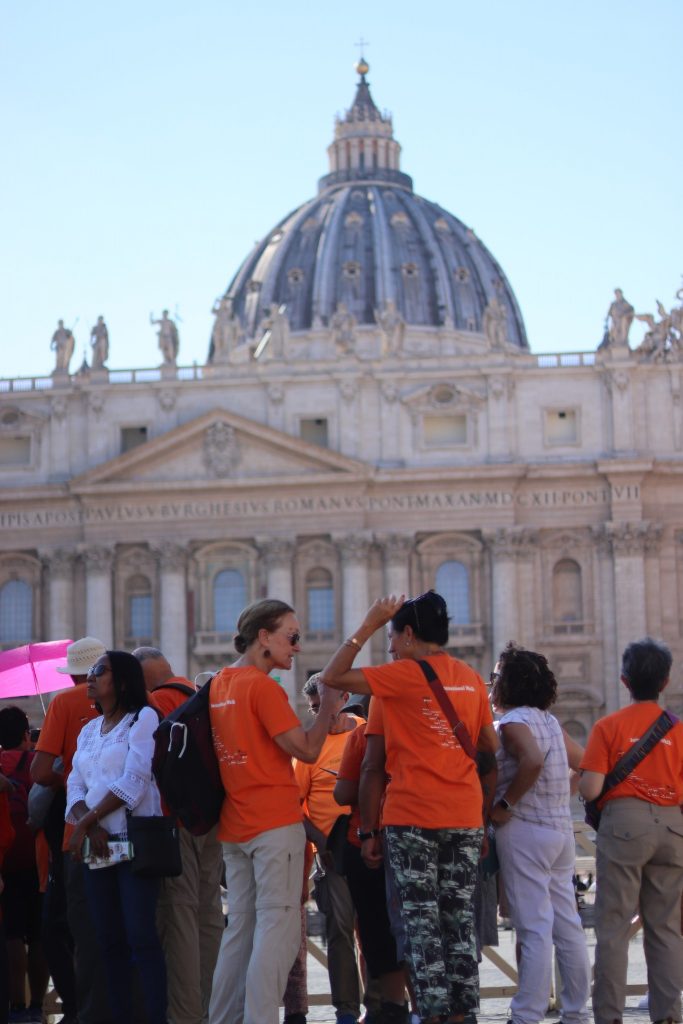
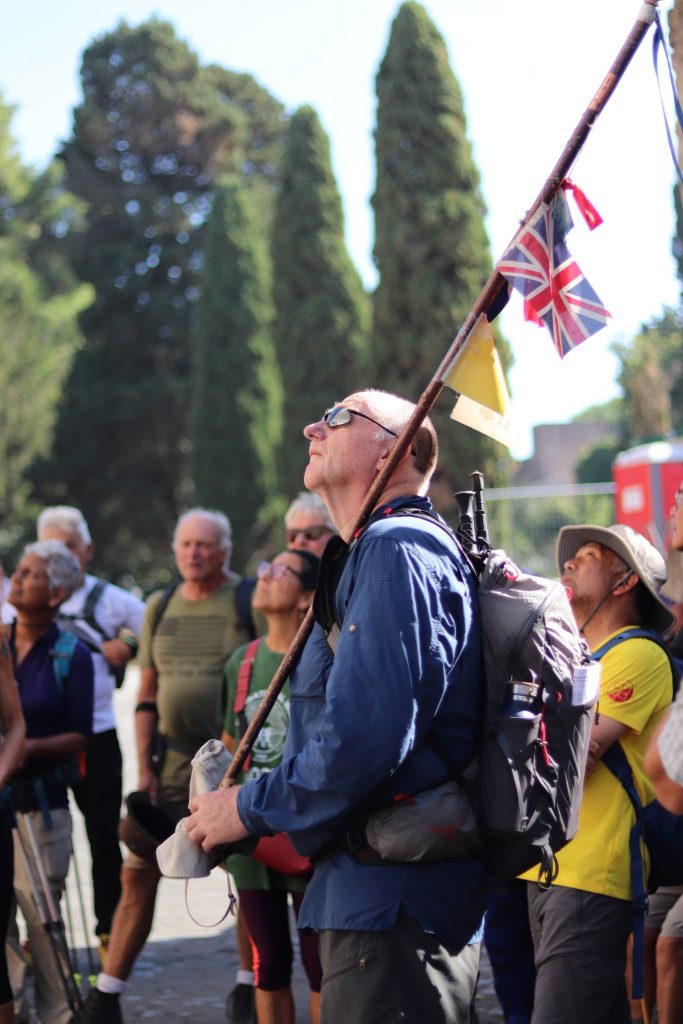
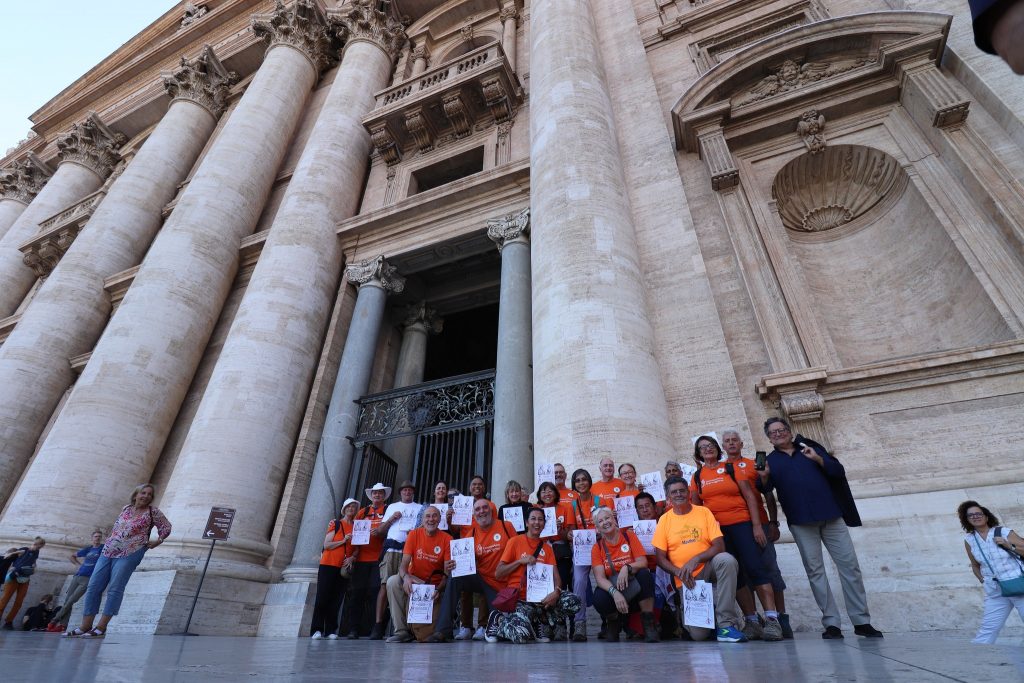
This recognition brings great satisfaction, but even if Giancarlo, Giuseppe, and their colleagues wanted to rest on their laurels, they wouldn’t have the time. In 2025, the “General Assembly of the European Association of the Via Francigena ways (EAVF) will finally be held on the Via Francigena in the South. Representatives from all 250 municipalities along the route in Europe will attend, and the group is working hard to prepare and raise awareness among local residents about the significance of the event”, Giancarlo explains. Formia will host the assembly, and nearby towns like Itri, Gaeta, and Minturno are also getting involved in various initiatives to transform the area into a true pilgrim destination. Ambrogio Sparagna, a renowned figure in the region’s musical traditions, has been appointed to oversee the cultural aspects. It’s certain that no walker, no matter how many steps they’ve taken or how much beauty they’ve seen, will be able to resist the charm and splendor these places offer.
Even Asian Walkers Are Discovering the Francigena in the South
The Group also participated in a regional tourism promotion contest for walking paths, securing first place out of a hundred entries with a project that combines traditional decorations, like ceramic tiles, with innovative elements like QR codes to download route information. “When we get the right tools,” Giuseppe says, “we achieve great results. When we had only our own resources, we could do little. But with the DMO Francigena Sud in Lazio project, led by us and funded by the region, we can finally make the contribution we’ve always wanted to share. And we intend to keep going in this direction.”
Since strength lies in collaboration, they continue to build partnerships. For example, they are working with the blood donation organization AVIS to organize treks raising awareness about blood donations. “We’ve joined the GAL of the Lepini Mountains, where we aim to further improve the maintenance of the Via Francigena,” adds Giancarlo. Every year, there’s a need to restore the trails, and it would be much more efficient to establish a consistent funding mechanism to keep them in good condition, working with specialized companies and sharing our know-how.”
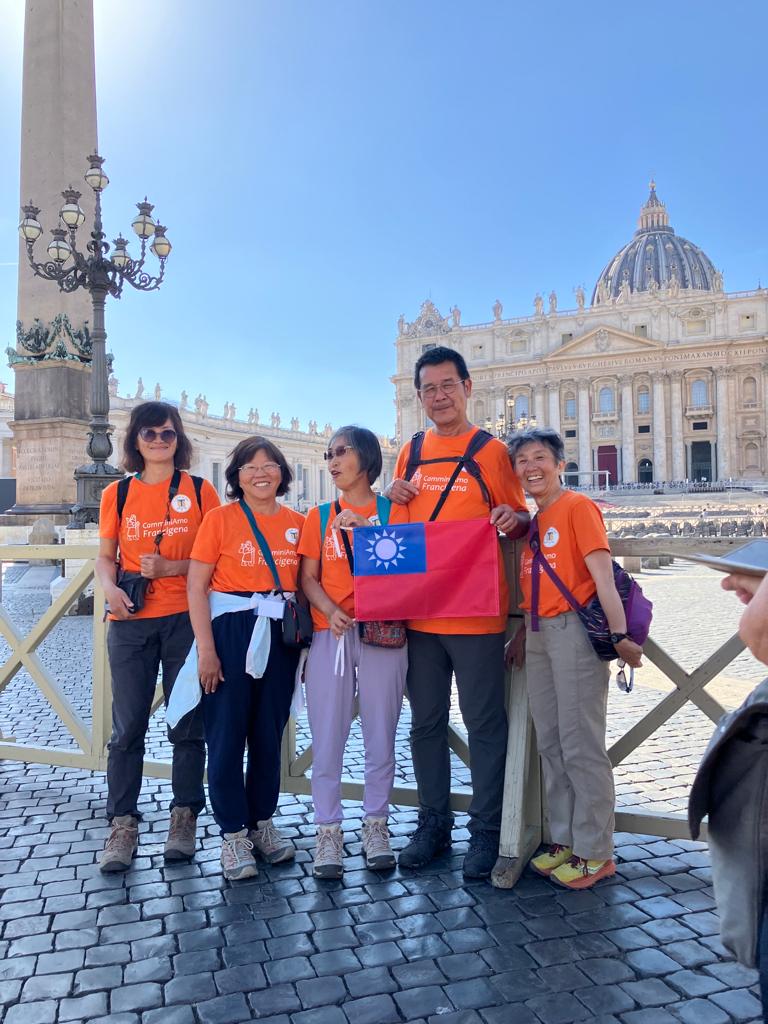
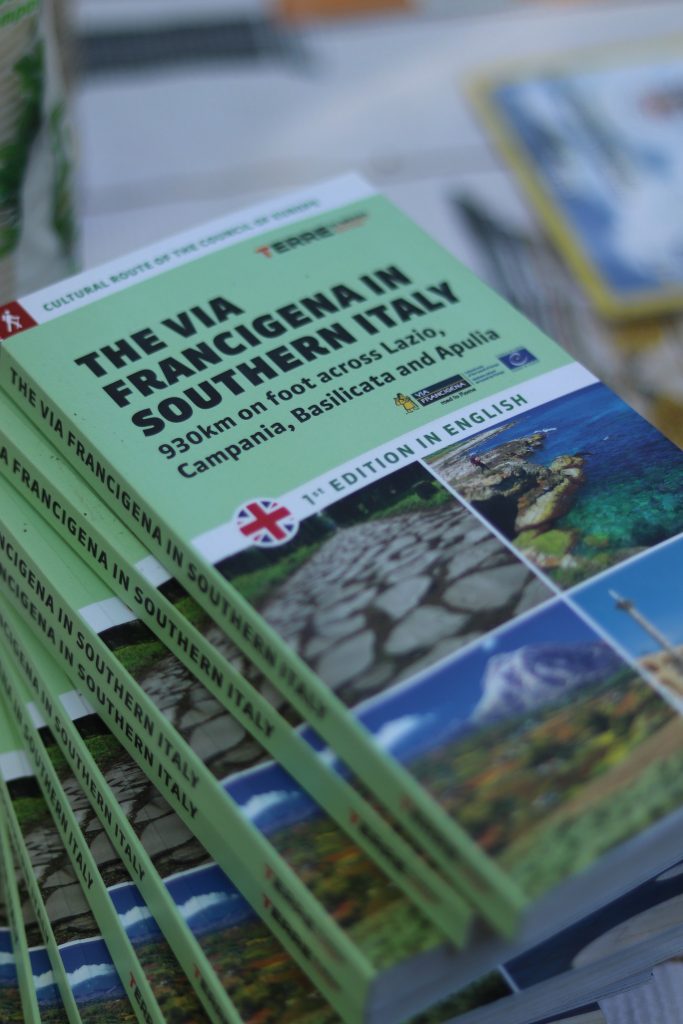
A lot has been done, but much more remains. Sections of the Francigena in Tuscany and Piedmont are far more advanced, as is northern Lazio, which began earlier. However, southern Lazio is catching up, thanks to joint efforts that are bearing fruit. “After 2019, especially following the 2021 Road to Rome event, we’ve seen an exponential increase in the number of pilgrims. Initially, most were Italians, but now there are more foreigners, and they’re coming from farther afield,” they say. “2023 was the year of the French and Americans, and now walkers from Asia are also beginning to discover the Francigena. Some participants in the International Walk came from Taiwan, and there were even Australians who said it was impossible to get lost thanks to our signage.” A big difference compared to the early days in 2006. Today, the group estimates that 2,000-2,500 walkers travel this stretch of the Francigena each year, which makes a significant impact in an area largely untouched by traditional tourist flows.
Networking Is the Key of Success
“Our motto is always not to do things alone,” emphasizes Giuseppe. “In every town we pass through with our initiatives, we involve the local government, associations, and individuals. The key to developing the Via is building a network, expanding the base of people who value the path, and from there, promoting growth.” And this is exactly the strategy the group is pursuing to address one of the most pressing needs: accommodation. Through their awareness campaigns, more and more B&Bs are offering special rates for travelers, private homes are being opened up, and restaurants are offering pilgrim menus. “We try to involve all stakeholders to structure basic services as best we can,” Giuseppe explains. “And where there are no facilities, good will fills the gap.” It’s true that north of Rome the Francigena is more organized, but “walkers tell us that this is what makes our path more genuine and authentic. It’s just you, the road ahead, and any shortcomings are made up for by the generosity of the southern people, who never refuse a hand to anyone in need. Organizational flaws still exist, but they are compensated for.”
The group has also created a WhatsApp contact service called “Help Pilgrims” that walkers can use for any difficulties. A chain of phone calls is activated, and whoever can, helps. This service covers all kinds of situations, from picking up walkers in distress to finding accommodation, particularly in tourist-heavy areas where affordable lodging is harder to find.
However, the group acknowledges that when it comes to accommodation, volunteer efforts can only do so much. Stable solutions must come from municipalities, regions, and private entities. In Sermoneta, for example, a hostel has been closed for some time, and reopening it has proven difficult. On one hand, more private sector involvement is needed, and on the other, regulatory changes are required to balance slow tourism with mass tourism without conflict. There are public facilities that could be made available if there were targeted funding for this type of development, allocated for renovation work tied to the needs of walkers and pilgrims. But often, resources get lost in bureaucratic delays. One stretch of the Francigena in Lazio overlaps with the Appian Way, and funding allocated to secure it has stalled due to the need for dual approval. The candidacy of the Appian Way for UNESCO World Heritage status is paradoxically diverting the opportunity for the southern Francigena to be included in the Via Francigena’s UNESCO candidacy, which currently only covers the Canterbury-Rome part. “Sometimes,” Giancarlo and Giuseppe comment, “we feel a bit like the children of a lesser god. But we won’t stop, we’ll go gently and far.” Not surprisingly, they are walkers.
Daniela De Sanctis
Photo credits: Facebook Gruppo dei Dodici




